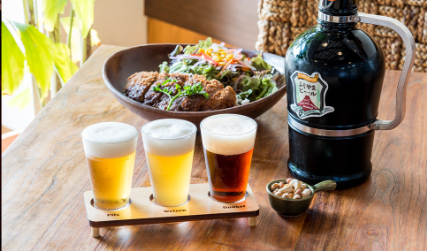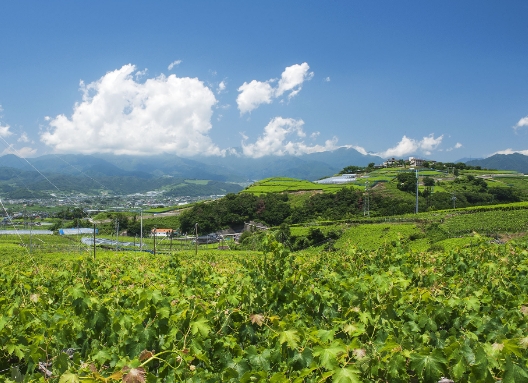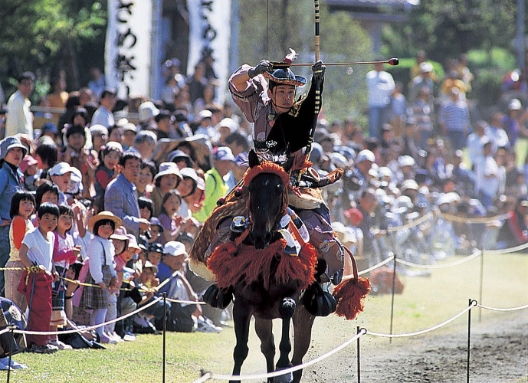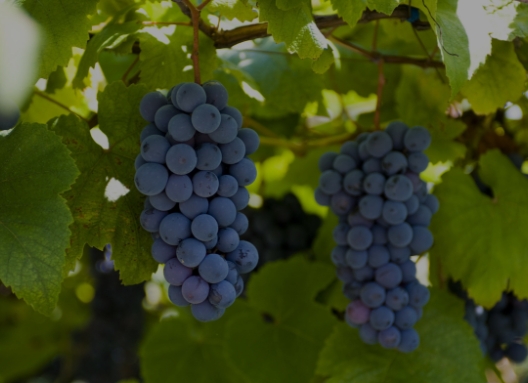Mt. Fuji
Main content starts here.
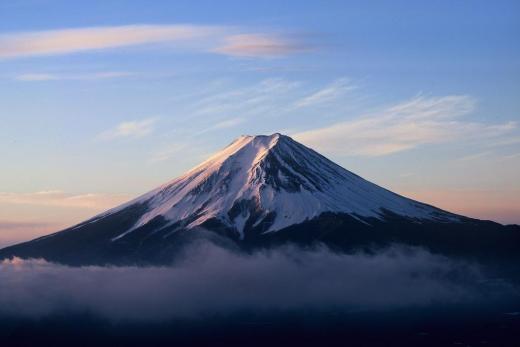
Fujisan’s value as a World Cultural Heritage arises from the fact that it has become an “object of worship” and a “source of artistic inspiration” through its magnificent landscape and its sacred aspect. The scope of the Fujisan Mountain area corresponds to altitudes above 1,500m as it is considered as the most important part of the mountain. This area has been depicted numerous times in famous pictures and it also represents the part of the mountain that is seen as the land of the deities (above the Umagaeshiline, top altitude a horse can go to). The scope is the 8 th station and above, where Asama no Okami (Fujisan’s Goddess) is thought to be enshrined. It also corresponds to the view from Lake Motosuko, currently represented on the 1,000 yen bill.There are several reasons why Fujisan (the Japanese moniker for Mt. Fuji) is known as the premier mountain in Japan - it is the highest peak in the land at 3,776m, and it has an unusually beautiful shape. Fujisan has the same striking appearanceregardless of the direction one views it from; a remarkable natural symmetry that down the ages has been captured in song, verse and by famous artists in their paintings. Across the country, many places bear the name “Fuji” as a testament to the great mountain’s influence on the Japanese people. The early morning is often the best time to try and capture a photo of a cloudless Fujisan. Another popular photo is the morning sun just cresting the peak, a phenomenon known as “diamond Fuji.”
Category
Venue Address
Fujiyoshida City
Share
Other Indoor Activities
-
Discover
Narusawa’s Lava Tree Molds
The village of Narusawa is home to many lava tree molds, hollow lava formations formed around large tree trunks, which were formed in the great eruption of Mt. Fuji in the year 864.
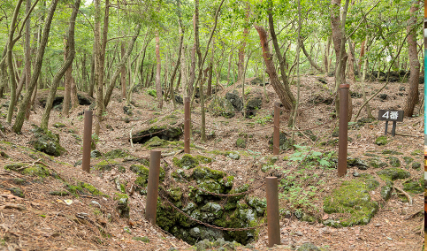
-
Kitaguchi Hongu Fuji Sengen Shrine is located amidst a dense old-growth forest, which denotes ties to the spirit world. The long, atmospheric approach to the main shrine is lined with mossy stone lanterns and shaded by tall cedar trees.
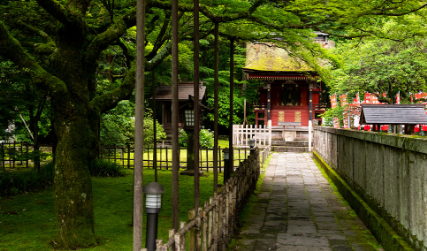
-
Recover
Road Station Fujiyoshida
The Fujiyoshida area’s roadside rest and shopping area offers the visitor splendid views of Mount Fuji. The shop in the main building sells freshly harvested local highland fruits and vegetables, as well as locally brewed sake, ready-to-eat condiments, and souvenirs.
